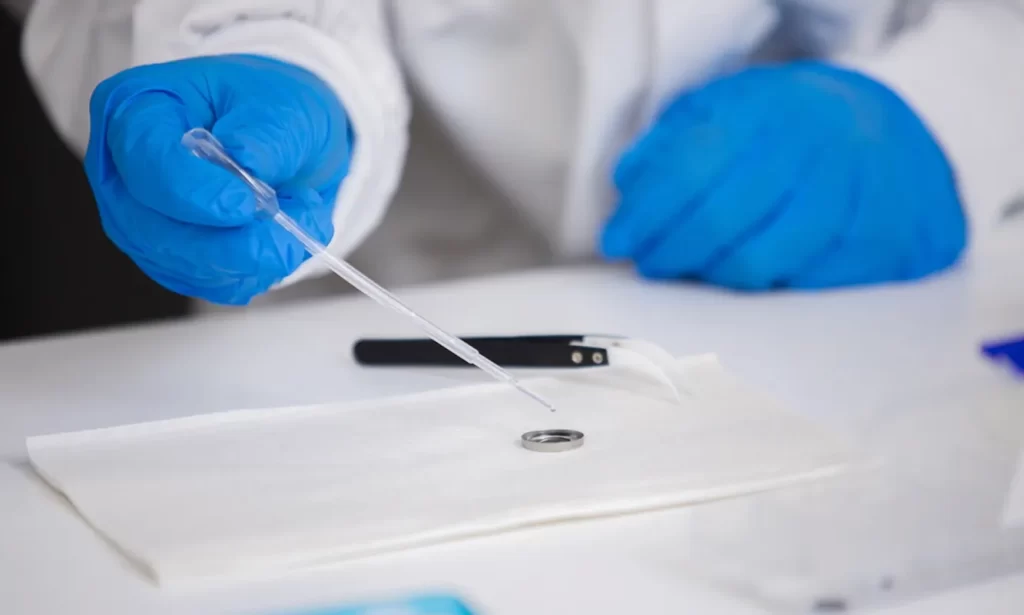
The answer to removing fire risk from batteries might be obvious: Water.
At least that’s what an ingenious innovation from the minds of researchers at Australia’s RMIT University indicates. The team there has developed what it calls an aqueous metal-ion battery that won’t catch fire but still meets performance benchmarks.
The problem is that common lithium-ion batteries, which power our electric vehicles and are often used for large-scale storage, can (albeit rarely) catch fire, or even explode. Worse yet, the metals needed to make them are expensive and hard to gather.
As a result, scientists around the world are working to find alternative materials that provide long life, short charge times, low production costs — and zero fire risk.
RMIT’s innovation seems to check the boxes. It includes water, magnesium, and zinc as part of the chemistry needed to provide a charge/discharge process, according to a report on the research by ScienceBlog.
“We use materials … that are abundant in nature, inexpensive, and less toxic than alternatives used in other kinds of batteries, which helps to lower manufacturing costs and reduces risks to human health and the environment,” lead researcher Professor Tianyi Ma said in the blog, which also noted that the power packs are easily recycled.
Since water forms the electrolyte — the part of the battery where ions move between the electrodes during operation — there’s no chance of combustion, per the blog.
They are also working to limit the battery’s size, increasing energy density. A recent iteration had up to 30% of the storage capability (compared to its mass) of the latest Tesla car batteries, all per the RMIT research summary.
An early version looks to be about the size of a coin, similar to a watch battery. A photo shared by the university shows Ma placing drops of water in it, which will serve as the electrolyte.
Researchers seem to be pulling in all elements in the search for the best battery. In Massachusetts, for example, Form Energy is using iron and air to create a charge, leveraging chemistry that happens when the metal rusts.
Be it earth, wind, or water, the breakthroughs are important steps to transforming our energy system. Safer and more efficient batteries will help to increase already-growing EV use and improve large-scale storage of renewable electricity.
The results could extend far beyond the lab by reducing planet-warming air pollution and, in turn, contributing to a healthier population.
What’s more, the RMIT team seems confident that their invention is about ready for expanded use, as they have already overcome some of the operational flaws that hinder performance in other power packs.
Next, the team plans to perfect the science, exploring even “nano materials” for the electrodes. The ambitious goal is to replace lithium-ion tech within the decade.
“Our batteries now last significantly longer — comparable to the commercial lithium-ion batteries in the market — making them ideal for high-speed and intensive use in real-world applications,” Ma said in the lab report.





























